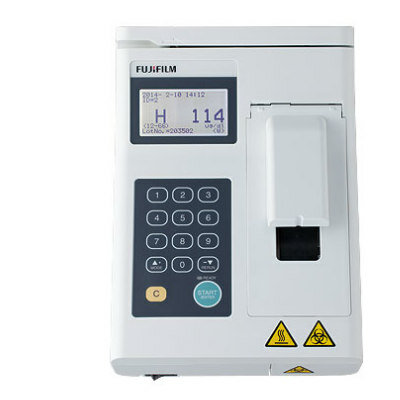Blood Test Establishes Prognostic Value of Marker for Heart Attack
By LabMedica International staff writers
Posted on 21 Jun 2010
A commercially available blood test can now be used to assess the risk of acute cardiac syndrome in patients with chest pains. Posted on 21 Jun 2010
The prognostic value of an elevated biomarker in the blood has been confirmed and helps diagnose heart attacks and myocardial ischemia. In combination with the troponin blood test, physicians will be able to evaluate the low- and intermediate risk patients with more accuracy.
The test measures the heart fatty acid-binding protein (H-FABP) which is a low-molecular-weight cytoplasmic protein that is involved in the intracellular uptake and buffering of free fatty acids in the myocardium. In a study carried out at The General Infirmary at Leeds, (Leeds, UK), serum samples from 1,080 patients admitted with chest pains were analyzed for H-FABP concentrations. The H-FABP was measured with the Biochip array technology on the fully automated Randox Evidence system (Randox Laboratories, Ltd., Co., Antrim, UK) with the Cardiac Biochip. This biochip uses a high precision, chemiluminescent immunometric assay for measuring H-FABP.
The primary outcome of the study showed that patients with elevated H-FABP concentrations had significantly increased risk of adverse events, even in patients who were troponin-negative. Prof. Alistair S. Hall, M.B. Ch.B. Ph.D. F.R.C.P., the lead scientist said, "Presently, where Troponin is used on its own and generates a negative result, patients are frequently sent home. However, our study found that a significant number of these people are at high risk of having a heart attack over the coming months." H-FABP can help to identify these high-risk patients and a negative result for H-FABP could be used to reduce the number of inappropriate admissions for patients who are not in need of urgent cardiac care – thereby saving valuable resources. The study was published in June 2010 in the Journal of the American College of Cardiology (JACC).
Related Links:
The General Infirmary at Leeds
Randox Laboratories, Ltd













